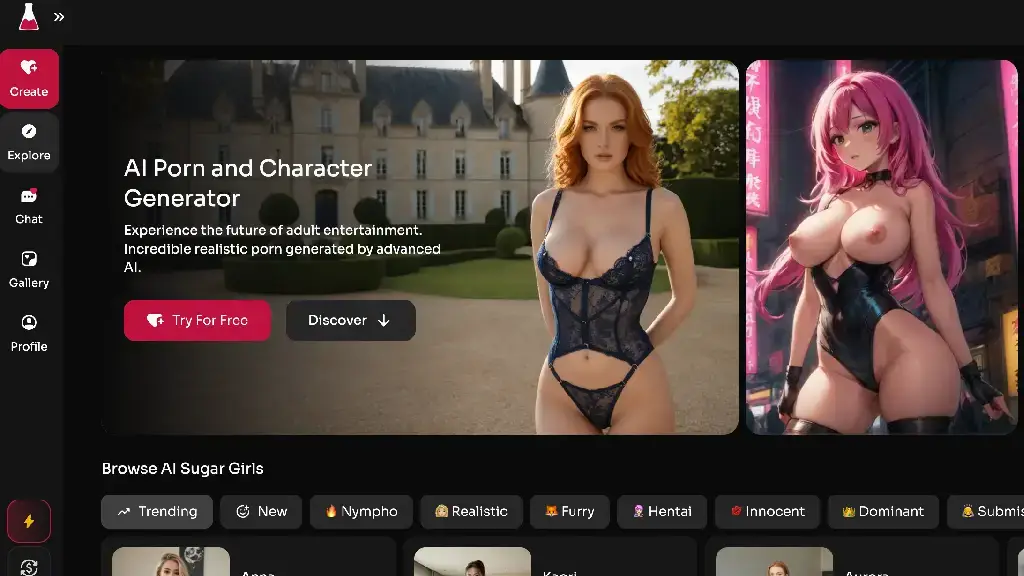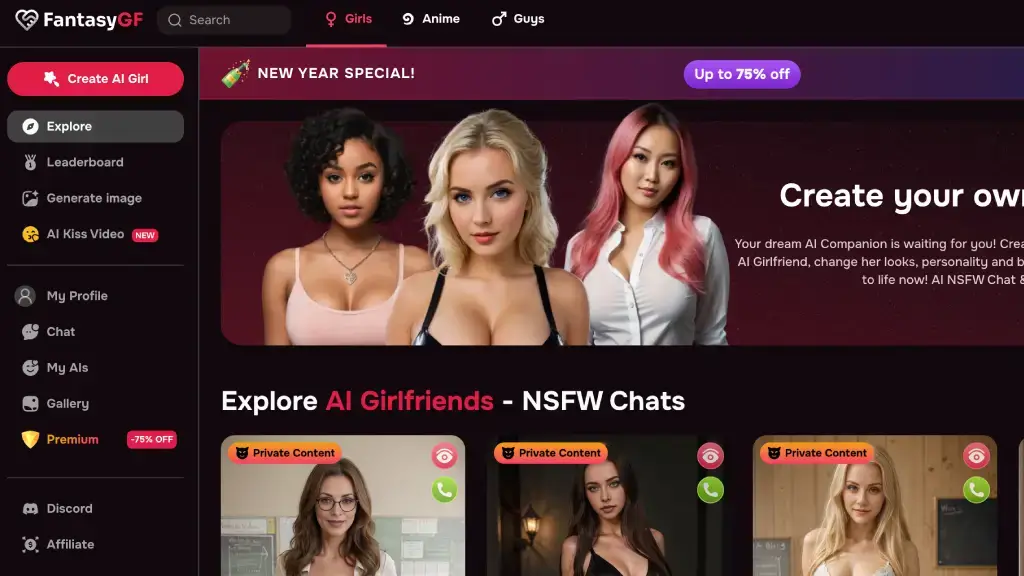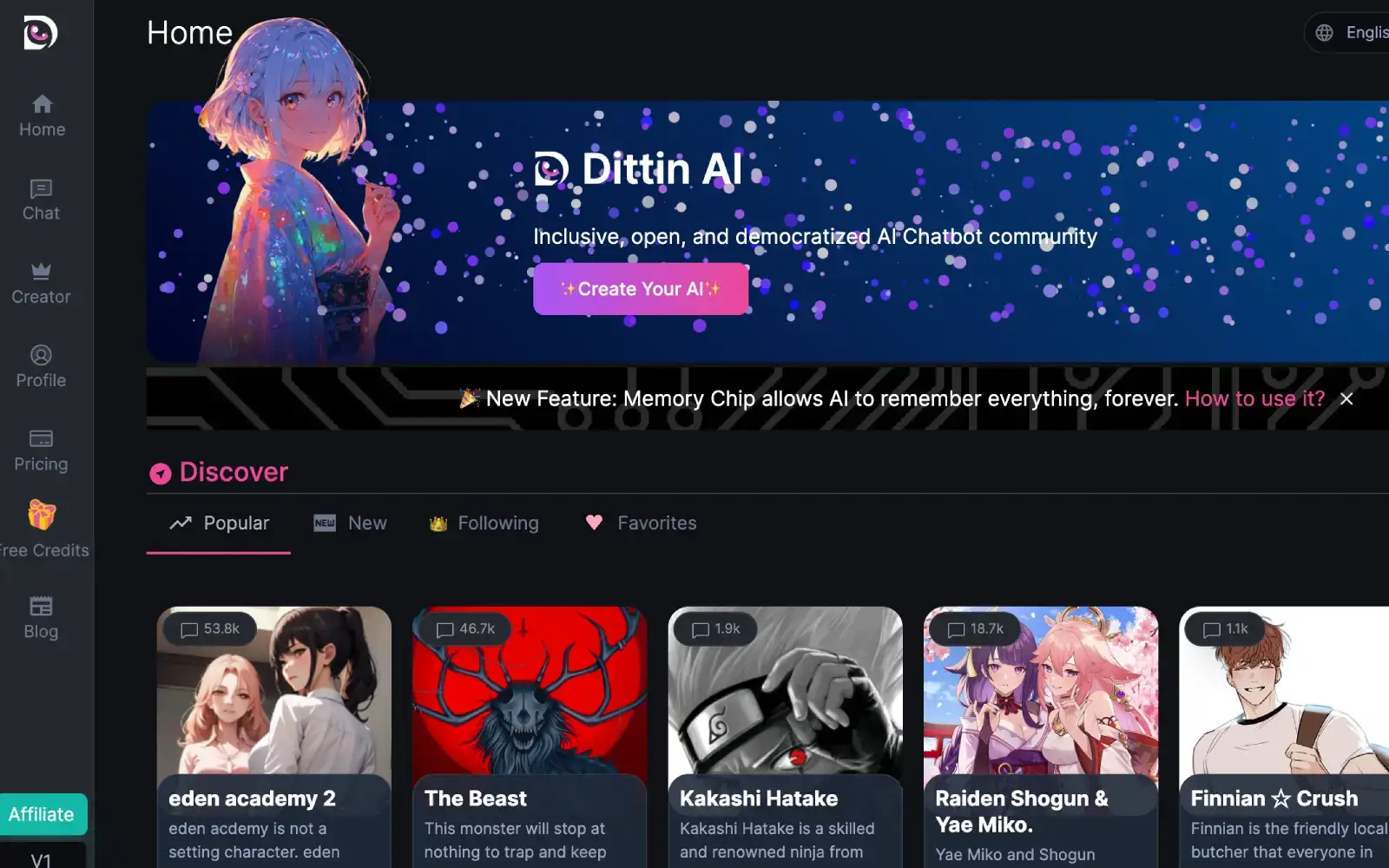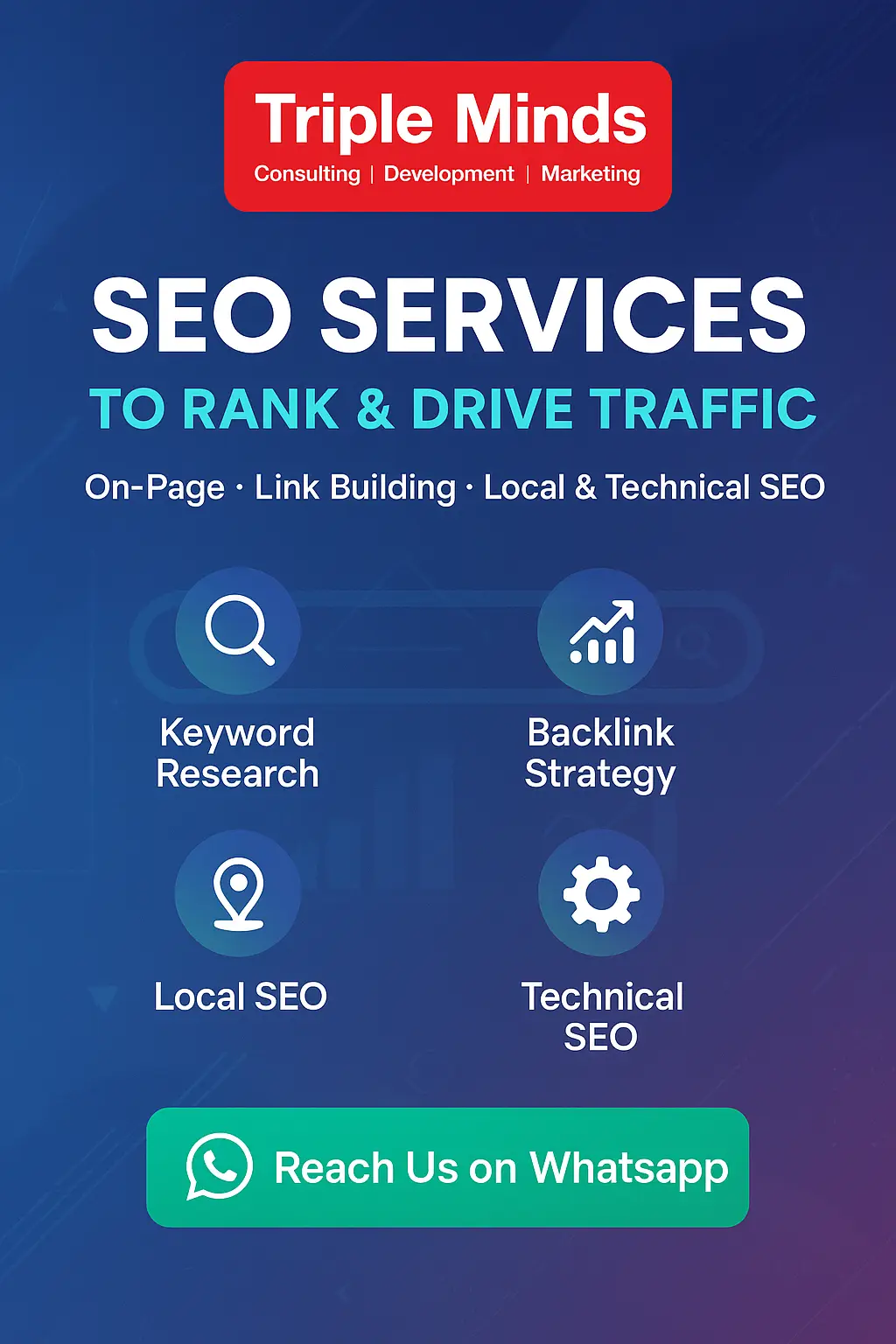Does TikTok Allow AI Influencers? Complete 2025 Guide
AI influencers are changing the face of content creation. From hyper-realistic avatars to full-blown virtual personas, artificial intelligence is now powering a new generation of creators. But many users, marketers, and brands are asking: Does TikTok allow AI influencers?
Yes, TikTok does allow AI influencers, but with clear rules and guidelines. In this blog, we’ll break down TikTok’s policy on AI-generated content, what’s allowed, what’s not, and how to stay compliant in 2025.
This is your complete SEO-optimized guide, packed with real examples, sources, and tips to help you make smart, policy-safe content decisions.
What Are AI Influencers?
AI influencers are virtual characters or synthetic personalities powered by artificial intelligence. They can:
- Be fully digital (like Lil Miquela)
- Use AI-enhanced effects (like deepfake filters)
- Act as virtual brand ambassadors
- Engage in TikTok trends just like human influencers
These influencers are often created using 3D design, neural networks, and LLMs like GPT-4. The result? Content that looks and sounds real, but is entirely machine-made.
TikTok’s Official Policy: AI Influencers Are Allowed
TikTok permits AI-generated content, including influencers, under strict conditions. According to TikTok’s Community Guidelines, synthetic media is allowed if:
- It is clearly labeled as AI-generated
- It does not deceive or impersonate individuals
- It follows ethical and legal boundaries (e.g., no NSFW or harmful content)
TikTok defines AI-generated content as media that is either wholly or significantly modified using AI or deep learning tools.
What You Must Do: Disclosure is Mandatory
If your content uses AI in any meaningful way, TikTok requires transparency. Here’s how:
How to Disclose AI Content on TikTok
- Use in-app toggle: TikTok offers a “Creator labeled as AI-generated” switch.
- Add hashtags: Include #AIGenerated, #VirtualCharacter, or #AIInfluencer.
- Use labels or stickers: TikTok now supports AI-disclosure labels and may add them automatically.
Failing to label AI content can lead to video removal or account suspension.
What TikTok Prohibits With AI Influencers
Even if AI influencers are allowed, certain practices are strictly banned:
| Forbidden AI Usage | 📄 Details |
|---|---|
| Impersonating minors | No AI likeness of anyone under 18 without consent |
| Deepfaking real people | Including celebrities, influencers, and private individuals |
| Political misinformation | Creating fake crisis events or AI-based voting manipulation |
| NSFW content | No nudity or adult content allowed, even if synthetic |
These are part of TikTok’s broader effort to promote Integrity & Authenticity.
Source: TikTok Newsroom – AI Media Policy
TikTok’s AI Tools for Creators & Brands
TikTok is also embracing AI for marketing with features like:
Symphony AI Tool
This allows brands to:
- Create AI-generated videos of virtual avatars
- Simulate product reviews or try-ons
- Launch AI influencer campaigns at scale
Used properly (with correct disclosure), it offers brands a new way to scale without hiring human talent.
Source: The Verge – TikTok Symphony
Compliance Checklist for AI Influencers on TikTok
Stay on the safe side with this step-by-step checklist:
Use AI Content Labeling
Activate TikTok’s “AI-generated” toggle when posting synthetic media.
Add Relevant Hashtags
Include hashtags like #AIGenerated, #AIInfluencer, or #VirtualCharacter for transparency.
Disclose Paid Collaborations
Clearly label sponsorships using #Ad, #Sponsored, or “Paid Partnership” tags.
Avoid Deepfakes and Impersonation
Never use AI to mimic minors, public figures, or private individuals without consent.
Get Consent for Real Likeness
Ensure legal approval before using anyone’s real face, voice, or likeness.
Do Not Post NSFW AI Content
Adult or sexual content, even if AI-generated, violates TikTok’s policy.
Add C2PA Metadata (If Available)
Use Content Credentials to help TikTok automatically label AI-generated media.
Examples of AI Influencers on TikTok
Lil Miquela
A well-known AI influencer that posts lifestyle content and brand collaborations. All posts clearly mention she’s virtual.
Symphony Avatars
Used in ad campaigns, these AI models showcase fashion, electronics, or even apps without involving real humans.
Both comply with labeling and are highly successful.
Final Takeaway
Yes, TikTok allows AI influencers — but with clear conditions:
- Disclose every AI-enhanced or generated post
- Avoid impersonation, NSFW, and misleading content
- Use TikTok’s built-in tools to label your content
- Follow FTC and platform transparency rules
As synthetic media becomes more common, trust and transparency are key. If you follow TikTok’s AI policy, you can thrive as a creator, brand, or marketer.






